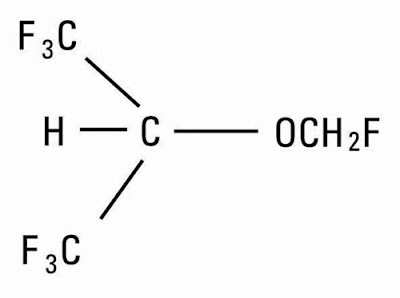Empowering Pain Patients: Embracing Non-Opioid Pain Treatment
 |
| Non-Opioid Pain Treatment |
Pain
management is a critical aspect of healthcare, affecting millions of
individuals worldwide. Traditionally, opioid medications have been the primary
go-to for alleviating pain. However, the opioid crisis has shed light on the
potential dangers and drawbacks of relying solely on these medications for pain
relief. As a result, there has been a growing interest and emphasis on
non-opioid treatments, which offer effective alternatives while minimizing the
risks of addiction and other adverse effects. In this context, empowering pain
patients to embrace non-opioid treatments emerges as a crucial paradigm shift
in healthcare.
Non-opioid
Pain Treatment encompass a
diverse range of therapeutic approaches aimed at managing pain without the use
of opioid medications. These approaches include but are not limited to physical
therapy, acupuncture, cognitive-behavioral therapy, non-opioid medications such
as NSAIDs (nonsteroidal anti-inflammatory drugs), nerve blocks, and
interventional procedures like nerve ablation. By embracing these non-opioid
treatments, patients gain access to a broader toolkit for managing their pain,
tailored to their individual needs and preferences.
One
of the key advantages of non-opioid treatments is their ability to address pain
from multiple angles, targeting not just the symptoms but also the underlying
causes and mechanisms. For instance, physical therapy focuses on improving
strength, flexibility, and mobility, thereby reducing strain on the affected
areas and enhancing overall function. Acupuncture stimulates specific points on
the body to promote the release of endorphins, the body's natural
pain-relieving chemicals, providing relief without the need for medication.
Cognitive-behavioral therapy helps patients develop coping strategies, manage
stress, and reframe their perception of pain, empowering them to exert greater
control over their experience.
Moreover,
non-opioid treatments often come with fewer side effects and lower risks
compared to opioids. While opioids can cause drowsiness, constipation,
respiratory depression, and dependence, non-opioid treatments typically have
milder and more manageable side effects, if any. This aspect is particularly
significant for patients who may be wary of the potential adverse effects of
opioid medications or who have a history of substance abuse or addiction. By
choosing non-opioid treatments, patients can achieve pain relief without
compromising their overall well-being and quality of life.
Furthermore,
embracing non-opioid treatments aligns with the broader shift towards
patient-centered care and shared decision-making in healthcare. By offering
patients a range of treatment options and involving them in the decision-making
process, healthcare providers empower patients to take an active role in
managing their health. This collaborative approach fosters trust, enhances
communication, and ensures that treatment plans are tailored to the individual
needs, preferences, and values of each patient.
In
recent years, there has been growing recognition of the importance of
multidisciplinary and multimodal approaches to pain management, which combine
various non-opioid treatments to optimize outcomes. For example, a patient with
chronic low back pain may benefit from a combination of physical therapy,
acupuncture, and mindfulness-based stress reduction techniques, tailored to
address their specific symptoms and functional limitations. By integrating
multiple non-opioid treatments into a comprehensive care plan, healthcare
providers can maximize the effectiveness of pain management while minimizing
reliance on opioids.
Empowering
pain patients to embrace non-opioid treatments represents a pivotal shift
towards safer, more holistic, and patient-centered pain management. By
expanding access to non-opioid treatments, healthcare providers can offer
patients a wider array of options for managing their pain, while mitigating the
risks associated with opioid medications. Through collaborative decision-making
and personalized care, patients can regain control over their pain and reclaim
their quality of life, free from the constraints of opioid dependence and
addiction.



Comments
Post a Comment